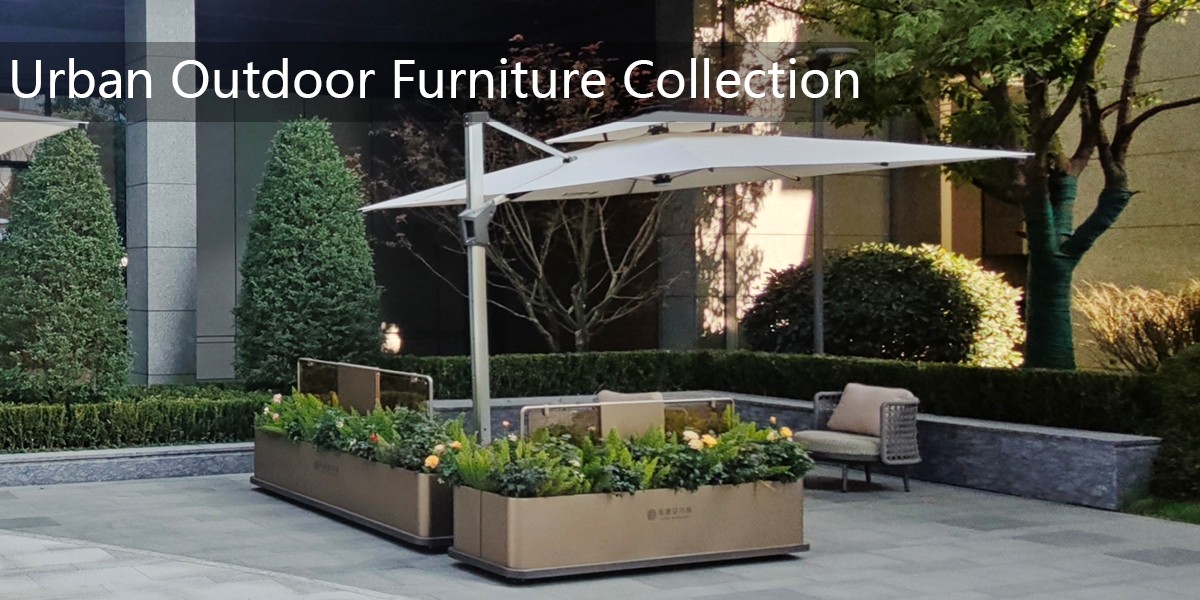Outdoor sculptures often employ negative space as a powerful artistic tool to create depth, contrast, and visual intrigue. Negative space refers to the empty or open areas around and within the sculpture, which interact with the solid forms to shape the overall composition.
Artists use negative space to guide the viewer's eye, emphasizing certain elements while allowing others to recede. This technique can create illusions of movement, lightness, or even hidden imagery within the sculpture. For example, a metal sculpture might feature cut-out patterns that cast dynamic shadows, transforming the surrounding environment into part of the artwork.
Negative space also helps sculptures integrate with their surroundings. By leaving intentional gaps, the artwork interacts with natural light, changing perspectives, and even seasonal landscapes. This dynamic relationship ensures the sculpture remains engaging from multiple viewpoints and distances.
Ultimately, negative space in outdoor sculptures elevates the viewer's experience, inviting them to explore not just the physical form but the imaginative possibilities within the voids. This technique demonstrates how absence can be as expressive as presence in public art.


